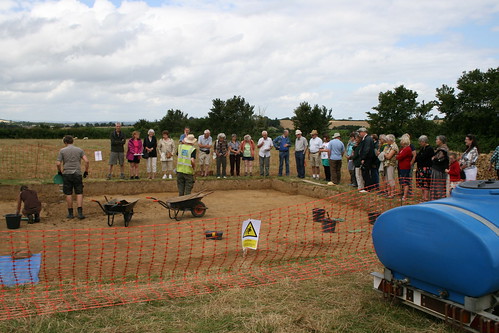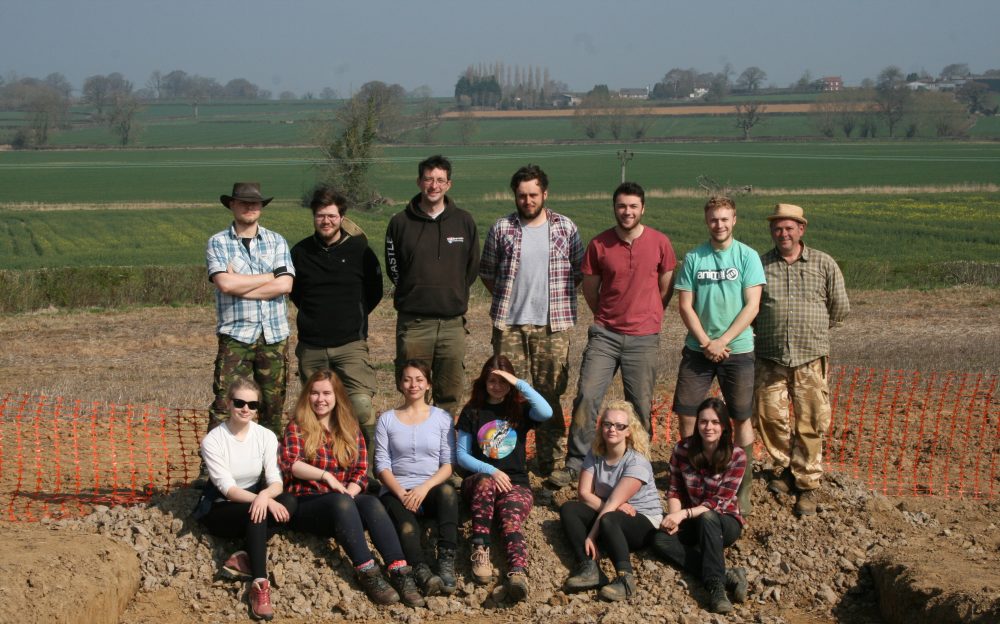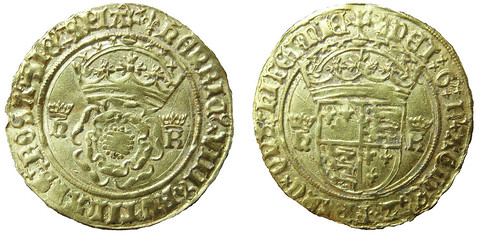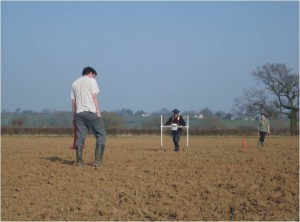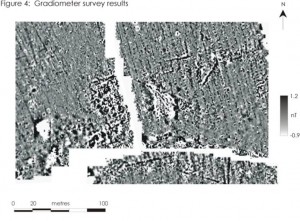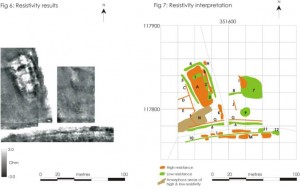The Roman villa at Lufton was discovered by Mr K. C. J. Hill in 1945. Mr Hill was ploughing a field and realised that his plough had hit the ruins of a stone building. The site was soon confirmed as that of a Roman Villa and it was excavated by Mr Leonard Hayward FSA and the boys of Yeovil Grammar School between 1946 and 1952 and again between 1960 and 1963.
The excavations identified a fourth-century corridor house richly adorned with painted wall plaster and mosaics. Many of the finds from the excavations are now in the Community Heritage Access Centre in Yeovil. Today the site of the villa is a scheduled ancient monument and protected by law.
The villa has attracted considerable academic attention because it is one of a small number of excavated corridor houses that include a large and ostentatious octagonal bath suite.

Mosaic from the Villa
Further Reading:
Hayward, L. 1952 ‘The Roman villa at Lufton, near Yeovil’, Proceedings of the Somerset Archaeological and Natural History Society 97: 91-112.
Hayward, L. 1972 ‘The Roman villa at Lufton, near Yeovil’, Proceedings of the Somerset Archaeological and Natural History Society 116: 59-77.
